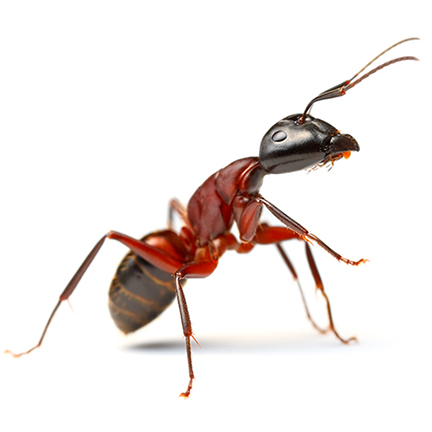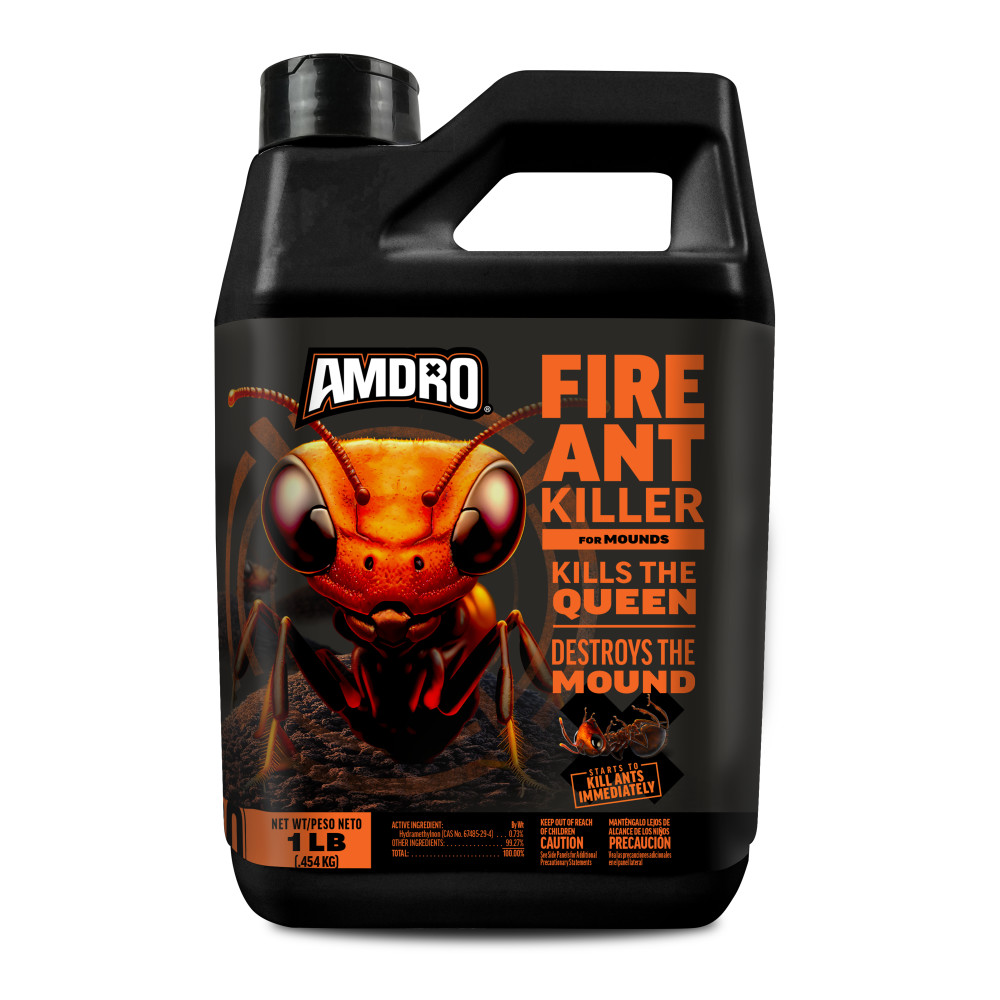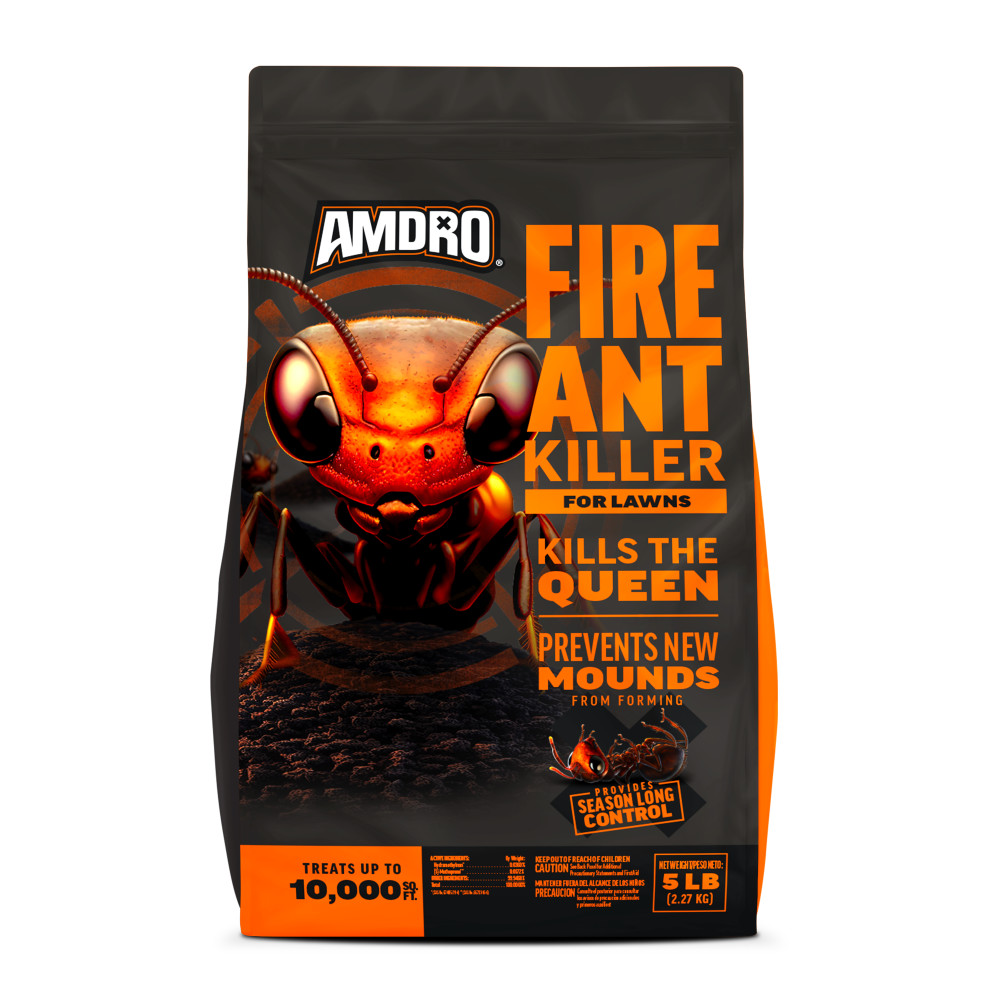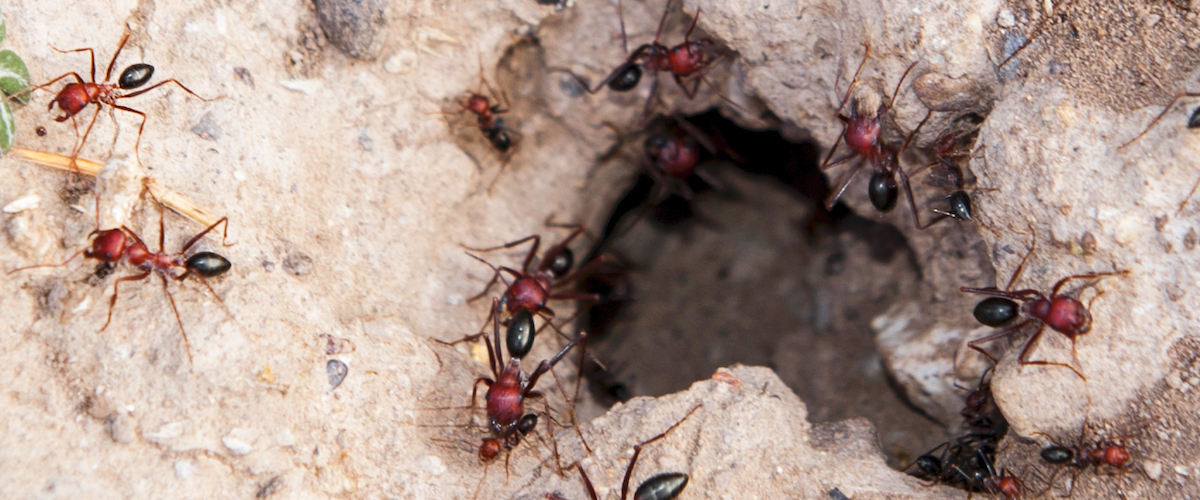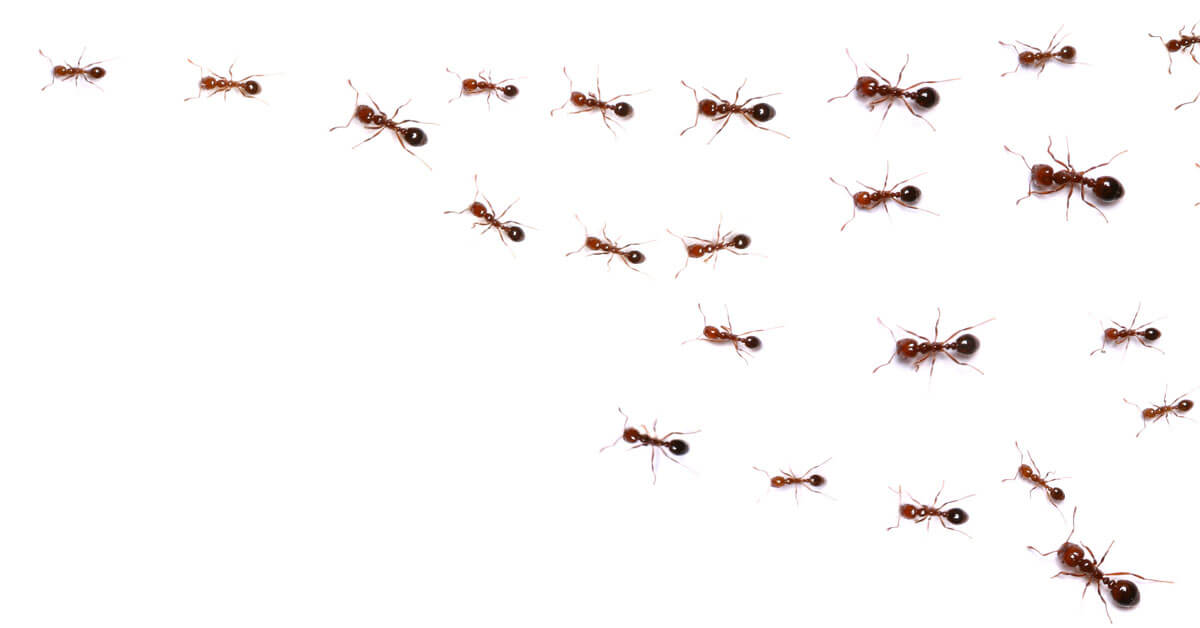Fire Ants
FIRE ANT IDENTIFICATION
Several species of fire ants are native to the United States, but non-native red imported fire ants are the species homeowners fear most. These hazardous pests were accidentally introduced to the United States from South America. Since that time, they've become known for their aggressive response when their mounds are disturbed and the painful, burning bites and stings they deliver.
To the untrained eye, it's extremely difficult to tell red imported fire ants from U.S. natives. One reason is that unlike many common ants, the worker ants in these invasive fire ant colonies vary in size from 1/4 inch down to just 1/16 inch long.
Red imported fire ants have dark reddish brown bodies with two distinct hump-like nodes in the waist area, known as the petiole, right behind the thorax. Their abdomens, often darker brown to nearly black, carry stingers on the end. Seen under magnification, red imported fire ants have three teeth centered at the front of their mouths, behind their mandibles. Common native fire ants have just two.

SIGNS OF FIRE ANTS
Fire ant mounds are much larger than common ant mounds. Undisturbed, they may reach 2 feet tall and wide, providing entry to hundreds of thousands of ants in vast colonies below. While common ant mounds often have a central hole, fire ant mounds appear to have no openings.
When disturbed, red imported fire ants swarm aggressively. They spread quickly and run up vertical surfaces, including human and pet legs. Fire ants bite to hold on, and then they sting. An attack feels like they all bite at once. The burning stings result in painful, itchy white pustules that last a week or more.
HOW TO CONTROL FIRE ANTS
The most effective approach to fire ant control involves a two-step method that kills the fire ants you see and those you don't. The first step treats your entire yard while the second step directly targets problem fire ant mounds. Amdro® brand products deliver that one-two punch to kill fire ants, prevent a return and protect your home's perimeter, too:
-
Amdro Fire Ant Killer for Lawns combines two powerful active ingredients to complete your first step in fire ant control. Applied with a standard broadcast spreader, this granular bait kills the queen and colony, prevents new mounds from forming and provides season-long fire ant control.
-
Amdro Fire Ant Killer for Mounds targets individual mounds. The dual-action bait both attracts and kills fire ants. The ants think the bait is food and carry it back to the colony. It starts killing ants immediately, including the queen and the colony hiding below your yard.
FIRE ANT CONTROL TIPS
Fire ants are most active in early morning and late afternoon/early evening during spring and fall. For best results, treat fire ants during these active times.
Always read product labels and follow the instructions carefully.
Amdro is a registered trademark of Central Garden & Pet Company.
Pest Gallery
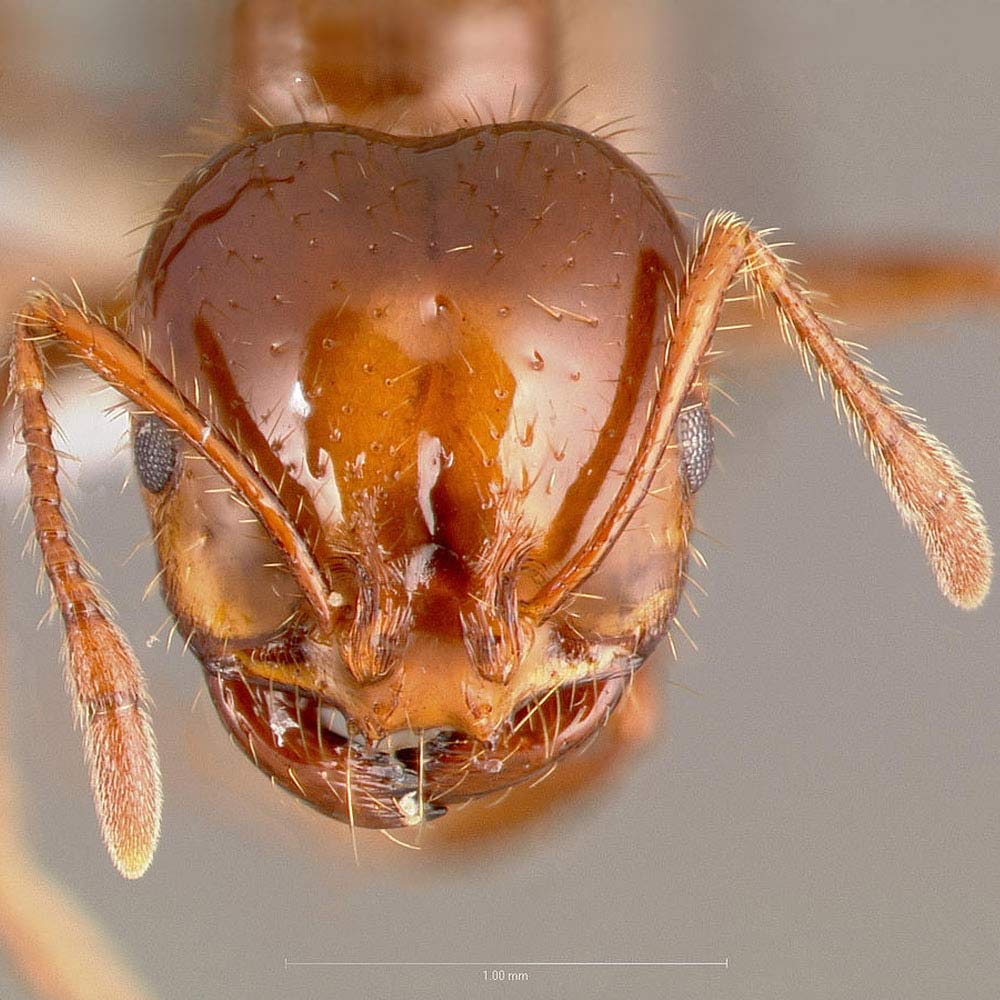
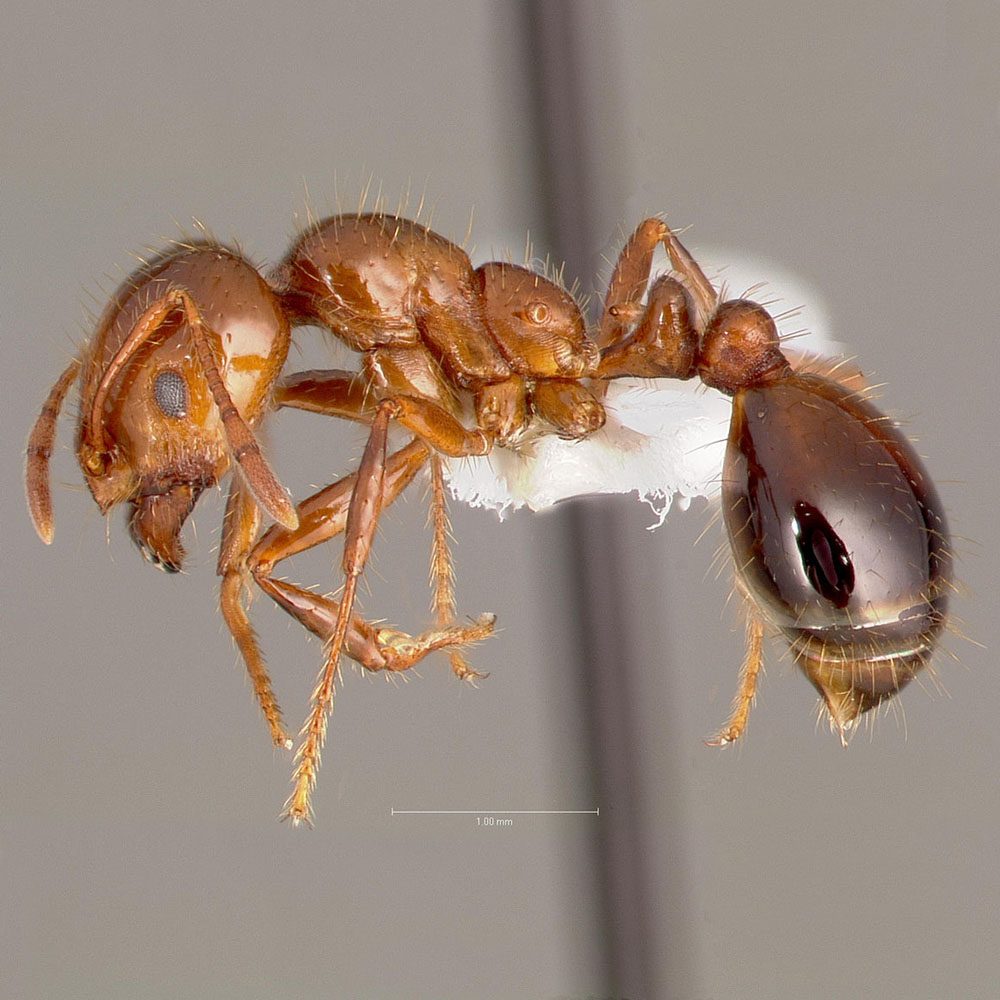

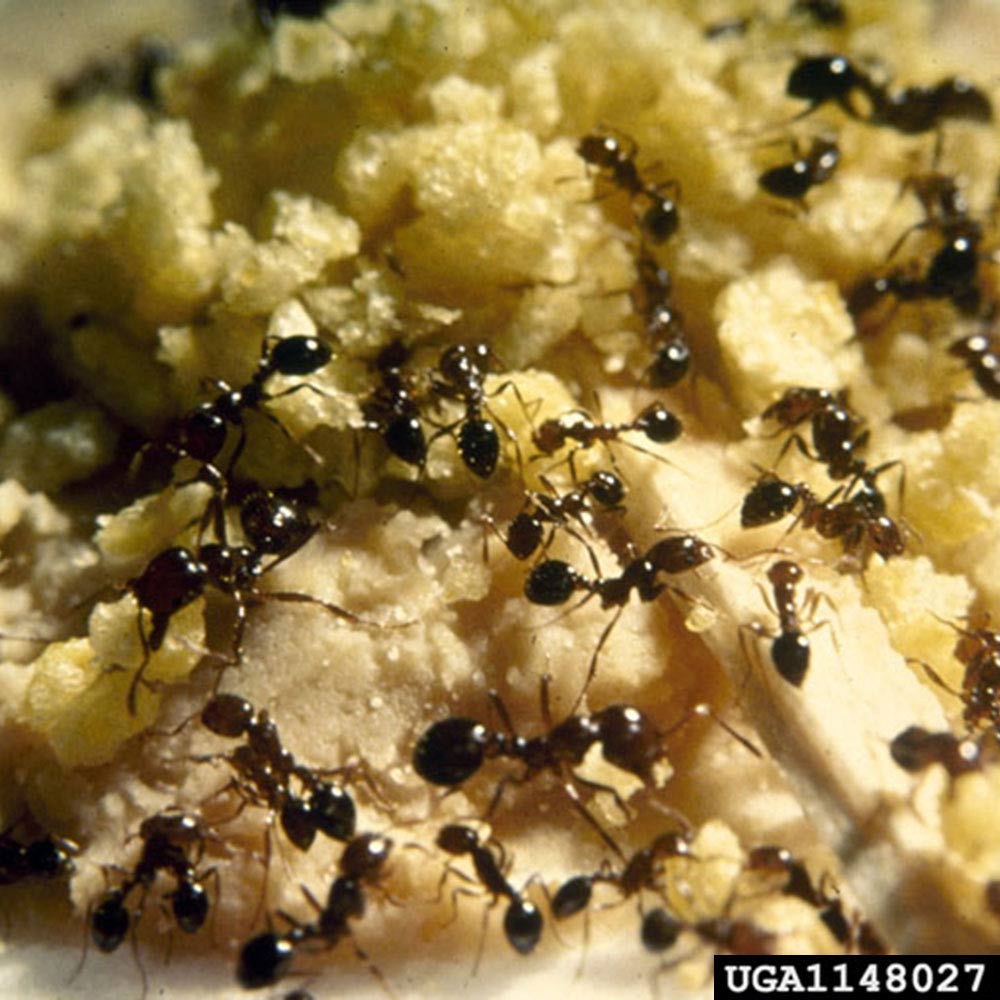
Is this not your insect?

